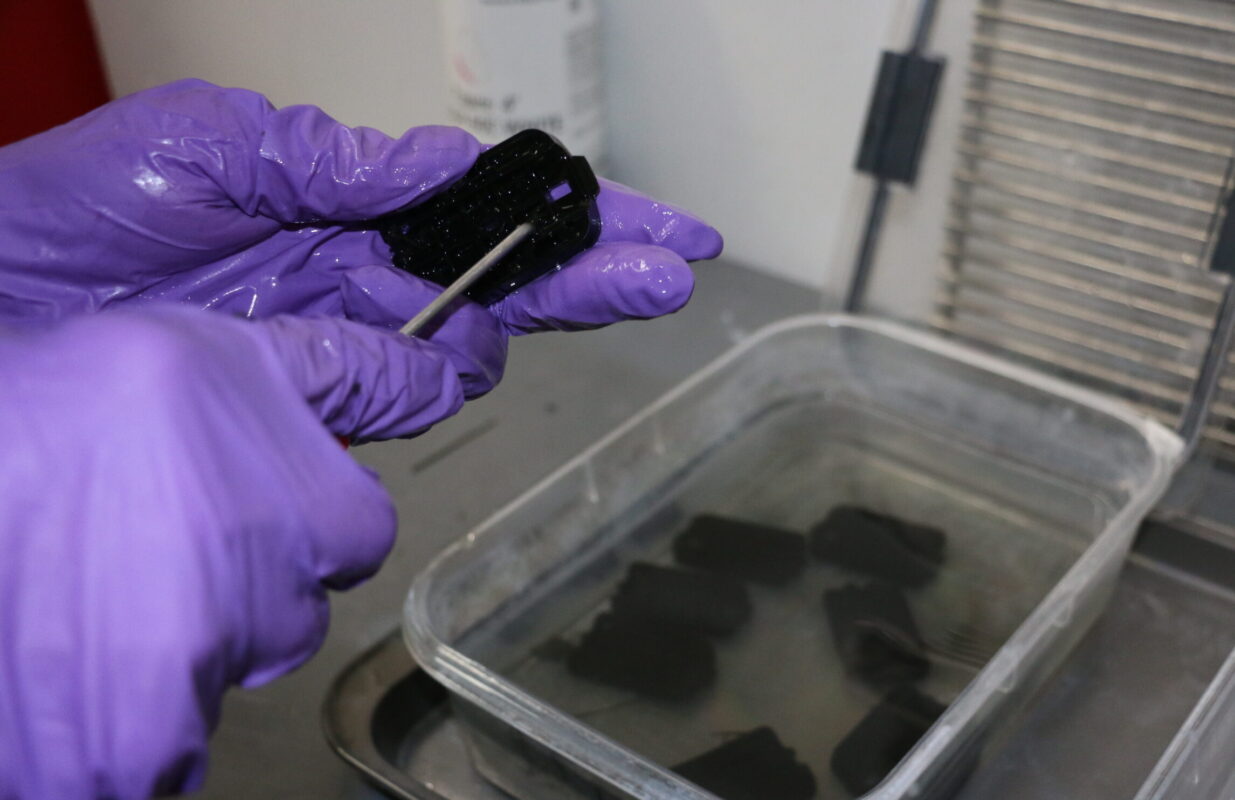Let’s talk about Additive Manufacturing vs. Subtractive Manufacturing. To begin, additive manufacturing is the end-to-end process that creates products using 3D printing technology. This process includes proper design, slicing, and supports along with post processing necessary to produce a finished product. Subtractive manufacturing on the other hand, removes material by cutting, boring, drilling or grinding to create a product or part. So, how do these two processes compare? Should you be using one over the other? Although there are reasons why someone may choose one process over the other, in some cases they have also been found to be complimentary. Follow along as we address their differences and their various complimentary uses.
Why Would Someone Choose Additive Manufacturing Over Subtractive Manufacturing?
- Complex Geometries: Additive manufacturing allows users to produce objects with complex geometries. Some of which are too difficult or impossible to create using subtractive manufacturing methods.
- Customization: Additive manufacturing allows users to customize objects and tailor them to fit a variety of needs and preferences of the user.
- Material Efficiency: Additive manufacturing can be more material efficient than subtractive manufacturing. The process uses no more than the required amount of material for each build to minimize waste.
- Speed: Additive manufacturing can be faster than subtractive manufacturing, as it eliminates the need for tooling and allows users to produce objects on-demand.
- Cost: In some cases, additive manufacturing can be more cost-effective than subtractive manufacturing, especially for small production runs or highly customized products.
- Versatility: Additive manufacturing offers a wide range of materials, including metals, plastics, ceramics, and even food, allowing for a high level of versatility.
How Do the Two Processes Complement Each Other?
- Additive manufacturing is able to produce the necessary custom tooling or fixtures for the subtractive manufacturing processes.
- Subtractive manufacturing has the ability to finish or refine objects produced using additive manufacturing, such as removing support structures or smoothing rough edges.
- Additive manufacturing can produce custom components or features within products made using subtractive manufacturing.
- Subtractive manufacturing can be used to produce the raw material (in some hybrid printing technologies) or “blank” that is used in additive manufacturing processes, such as by milling a block of metal or plastic to the appropriate size and shape.

